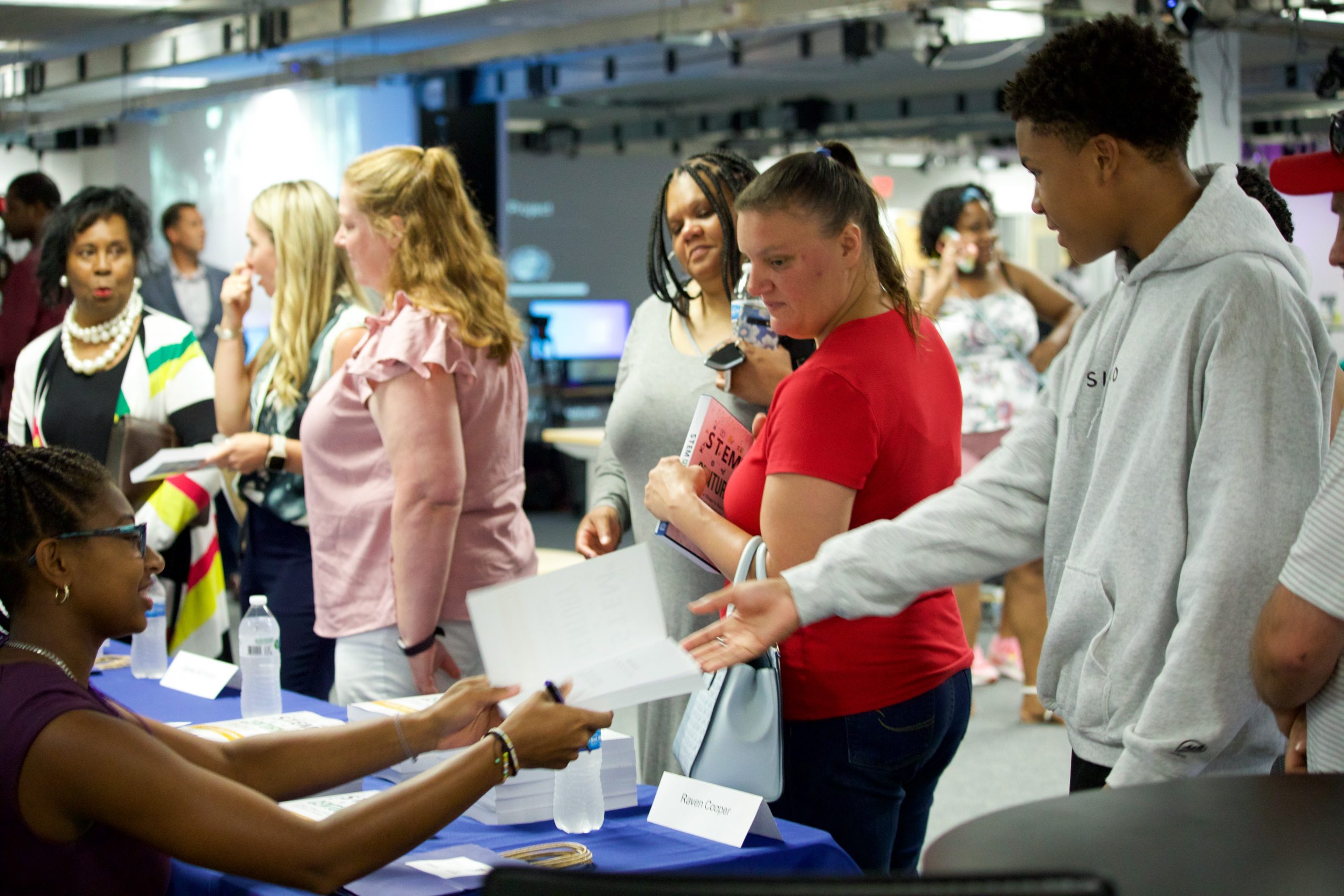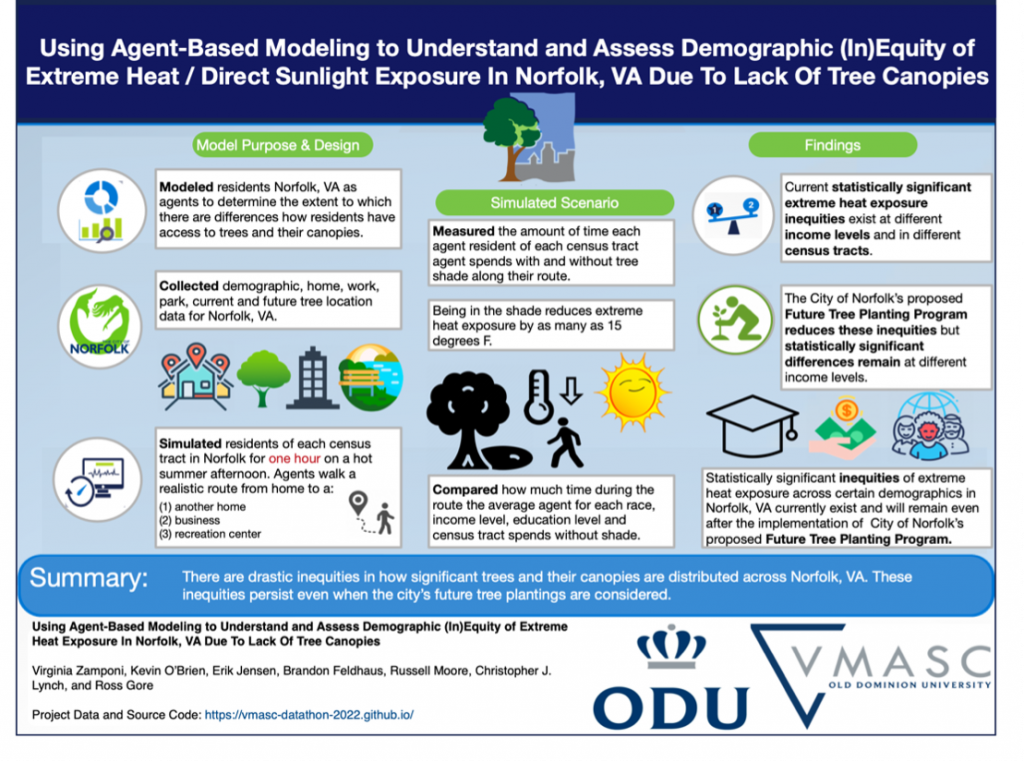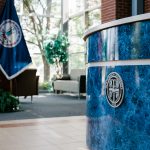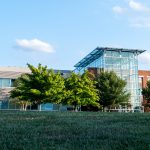
VMASC Hosts Book Launch of New Suffolk Public Schools STEM Book and Immersive STEM Open House
August 4, 2023
Virginia Beach Students Answer the Digital Ship Challenge
January 9, 2024

By Jessica Zimmerman
Suffolk, VA (August 25, 2023) – VMASC researchers have published an article regarding their research on the dangers of extreme heat and prolonged exposure in Norfolk, VA due to the lack of tree canopies, which help provide shade and help to cool the environment. Using agent-based modeling, the researchers sought out to quantify and understand the extent to which the cooling provided by the shade of tree canopies is equitably or inequitably distributed across a variety of demographics in the city.
“I’m really proud of how action oriented this work has been,” said Dr. Ross Gore, VMASC Research Associate Professor. “We were able to provide very detailed feedback to the city about how effective their Tree Planting Program is. The feedback included identifying specific locations for where the city could plant 50 additional trees to address remaining inequities due to extreme heat exposure and direct sunlight.”
Dr. Gore and Dr. Christopher Lynch, VMASC Research Assistant Professor, co-led the submission and participation of this group of researchers in the inaugural Hampton Roads Datathon in 2022, where they presented their creation of three different tools to provide visualization, modeling, and analytics to explore the benefits provided by significant trees in Norfolk.
“Our team was able to construct a useful and actionable solution to tree coverage during the one-week long Datathon,” said Dr. Lynch. “We had a lot of fun exploring the data, building models, and exploring the analytics. The team was able to effectively expand that work into a polished, published article and we have continuing collaborations with the City of Norfolk! We look forward to competing again in the next Datathon challenge.”
The agent-based model was used to understand the extent to which different demographics of residents in Norfolk are (in)equitably shaded from direct sunlight and extreme heat conditions during a walk on a clear summer day. Researchers also assessed how Norfolk’s Tree Planting Program – a program that plants new trees along city streets, within city parks, and on other city properties – could be a solution to future equitable shade. Results of their research show that inequitable conditions exist for residents in three areas: different education levels; different income levels; and living in different census tracts.
The model showed that the Tree Planting Program reduces the distance residents walk in extreme heat/direct sunlight and the demographic inequities, however residents at lower income levels still experience more extreme heat/direct sunlight exposure than those at higher income levels.
Building upon the progress of this effort, the City of Norfolk is working with VMASC to help capture more data about city trees to inform decisions related to equity and biodiversity.
To read more about their research and findings, and to see the published article, visit: https://www.sciencedirect.com/science/article/pii/S030438002300176X





